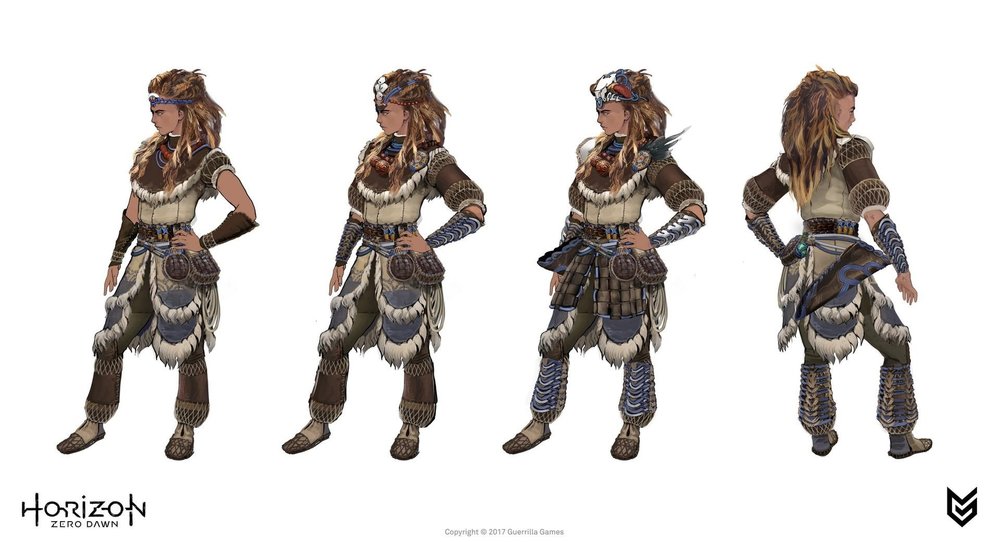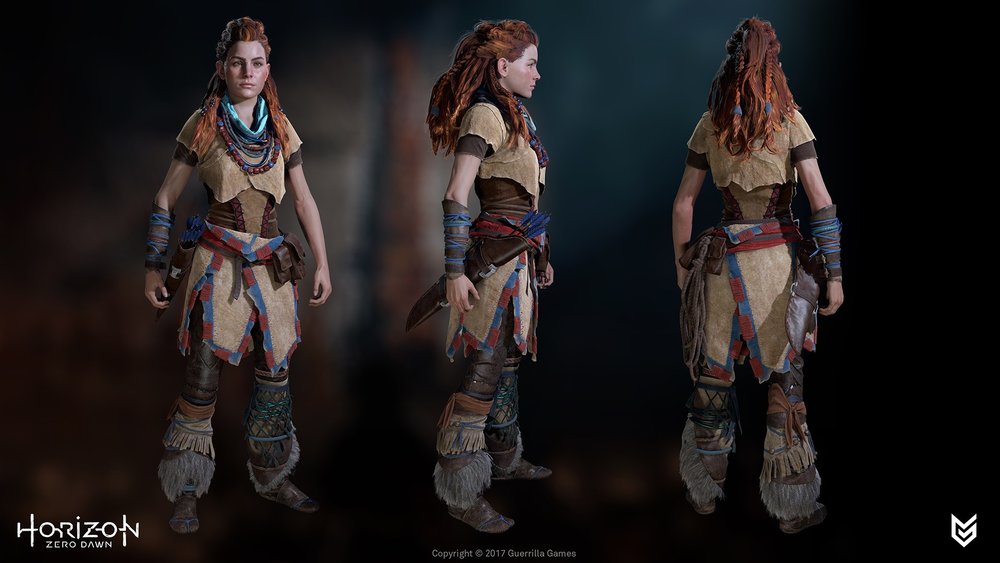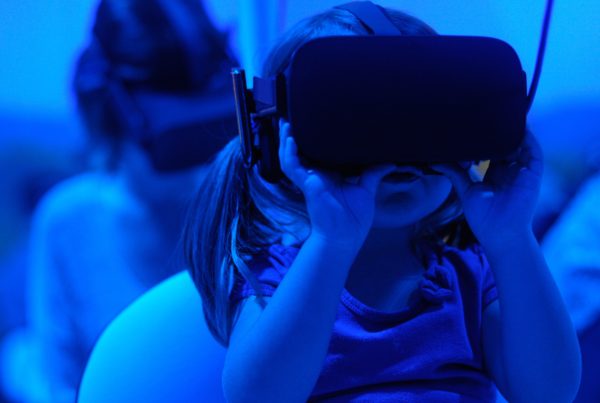This article was written by John DeRiggi, a VR Character Artist.
Looking to add some amazing characters to your new VR project? Perhaps hiring some artists from the entertainment industry who focus on characters would be useful. But maybe you are tight on budget, schedule, or headcount. So one artist can probably do everything that you need…right?
Well, if you want good characters…not really. VR companies often utilize people from the film and game industries. Those industries are made up of specialists. This is true in the character creation process as well. Each step in the process requires a different type of passion and a high level of skill which an artist has spent years learning and refining. The combination of these artists’ passions and skills bring good characters to life.
Understanding the basics of the roles and steps in this character mayhem can help your VR project be more efficient, more on schedule, and more on budget without relying on one artist to be your superhero.
The 4 Experts Behind a Lifelike Character
Although VR has been around for decades, it’s still quite young from a mass development and adoption perspective. So let’s consider the game industry since the interactive nature of games relates closely to VR. Once a game has a direction, the most common character-focused roles are concept artist, character artist, character technical director and animator.
Each of these roles comprises a different step in the process of creating a character. For example, let’s look at Aloy, the main character from Horizon Zero Dawn (psst…there’s a trailer on that page if you’re unfamiliar with it) by Guerrilla Games.
1. Concept Artist
With guidance from an art director, a concept artist creates many variations of what a character could look like. Various proportions, costumes, hair, and color schemes are tested to flesh out Aloy and decide on a final visual style for her. A strong understanding of appealing design is vital, as shown here by Ilya Golitsyn.
2. Character Artist
A character artist then forms Aloy in 3D and creates believable materials based on the concept art. This requires the skills of a sculptor and painter with a strong understanding of anatomy, costuming, hair, and more. Below is the final in-game version of Aloy in one of her main costumes. Multiple character artists worked on Aloy, including Dan Calvert, Sven Juhlin, Arno Schmitz, and Johan Lithvall.
3. Character Technical Director
A character technical director next creates bones and controls for this 3D model. It’s like a digital puppet and is called a character rig. This can be a very technical process, but also requires a strong artistic sense so that the puppet is easy for an animator to work with. See the below examples of character rig development by Jeremy Ernst of Epic Games.
4. Animator
An animator can then pose this rig over time to create believable motion. Animators can create motion from scratch based on reference or use motion capture of an actor as a starting point, which is the case with Aloy below by Niek Neervens. Animation requires a strong sense of timing, weight, balance, emotion and more.
Although these four roles are some of the most common disciplines involved in bringing a character to life, there are certainly others as well depending on the size and type of project. These can include writers, game designers, art directors, engineering directors, graphics programmers, technical artists who may specialize in material development, lighting artists, effects artists, and more.
What You’ll Gain from Focusing on Specialization
With a core understanding of at least these four main roles, you’re off to a great start in building the best team for your character creation needs. Leveraging the right skill sets throughout the process will benefit your VR project and your company in three main ways:
1. Higher quality art that will make users say “wow.”
You’re enabling skilled artists to focus on their passion and what they are most experienced in. For example, a concept artist can convey the mood of a character that matches with the project vision of a director. That’s awesome, and it is in fact the job of a concept artist. That in turn helps to unify the team and project, while creating excitement for future development. In contrast, a character technical director needs to create a robust character pipeline that enables the automation of repetitive character rigging tasks while remaining flexible. This person is usually not experienced in creating an appealing character concept.
2. A more efficient use of time and budget.
Maybe your project needs a lot of animation but has fairly simple characters. Consider spending your money and time on animation and a strong pipeline (i.e., the animator and character technical director). Utilize concept and character artists on a shorter, contract basis for quicker iteration of those simple characters very early on. A character technical director and animator can then make some quick rigs and motion tests during this iteration to prove out the animation quality. This leaves room for production of the larger pipeline and animation needs.
3. Happier employees in both production and management.
Maybe you already have a character artist, the sculptor and painter. Maybe he or she can stretch a bit to build a reliable but flexible character rigging pipeline, right? If that’s the hope, be prepared for a longer schedule and higher costs, as well as the potential for low-quality rigs and a not-so-happy artist. This person is not an experienced technical guru or passionate about creating tools to automate pipelines. Hoping that same concept artist with the cool character design can help animate in 3D? This will only yield increased stress for everyone on the team and could also create strained working relationships. It may even result in people leaving to pursue more challenging options in their area of expertise.
So if your next awesome VR project has character needs, consider the benefits of leveraging artists with the right skill sets for these very specialized roles. This will create a higher quality product that is on time and on budget, and that will promote your VR company as one that understands how to effectively leverage experienced artists.
See more of John’s work at https://johnderiggi.com









